BÌNH GỐM NHƠN THÀNH (Niên đại: Thế kỷ V) NHON THANH CERAMIC VASE (DATE: 5th CENTURY)
Hiện vật được Thủ tướng Chính phủ quyết định công nhận ngày 24 tháng 12 năm 2018.
Đây là hiện vật có giá trị đặc biệt vừa thể hiện được sự hội tụ, kết tinh đỉnh cao của kỹ thuật thủ công chế tác gốm cùng tư duy thẩm mỹ độc đáo có sự kết hợp từ sự giao thoa văn hóa, tôn giáo ngoại nhập (Ấn Độ) với văn hóa bản địa của cư dân Óc Eo vào giữa thế kỷ I, vừa phản ánh được nét đặc trưng riêng của giai đoạn Văn hóa Óc Eo phát triển ở thế kỷ V- giai đoạn xuất hiện một loại hình gốm cao cấp, chỉ được sử dụng cho những hoạt động gắn với tính chất lễ nghi tôn giáo của cộng đồng cư dân cổ vùng đồng bằng sông Cửu Long thời bấy giờ.

Bình gốm Nhơn Thành được cấu tạo từ chất liệu đất sét mịn, cứng chắc; xương gốm màu xám nhạt, áo gốm màu vàng nhạt; thân hình cầu; cổ thắt thấp; vành miệng bẻ lật; vai nở rộng, một bên gắn vòi xiên thẳng lên trên, trang trí gờ nhẫn ở đầu vòi; đáy tròn hẹp; đế thấp dạng vành khăn.
The artifact was recognized by the Prime Minister's decision on December 24, 2018.
This is a very special material and spiritual cultural product, demonstrating a period of brilliant development history of the Mekong Delta in particular and the South in general. The artifact both shows the convergence and crystallization of the pinnacle of ceramic crafting techniques and unique aesthetic thinking that combines the interference of imported cultures and religions (India) with the indigenous culture of Oc Eo residents in the middle of the 1st century. Both reflect the unique characteristics of the period Oc Eo culture developed in the 5th century when a type of high-class pottery appeared, which was only used for activities associated with religious rituals of the ancient community in the Mekong Delta at that time.
Nhon Thanh ceramic vase is made of smooth, hard clay material; the ceramic body is in light gray, while the ceramic coat is light yellow. The object is spherical, with low neckline, with a folded rim of mouth. Its wide shoulders have one side attaching a straight oblique spout, decorated with a ring at the top of the spout. The foot is round and narrow, and the low base is in the form of a scarf, which is the most intact artifact found in the Oc Eo culture in the Southern region.

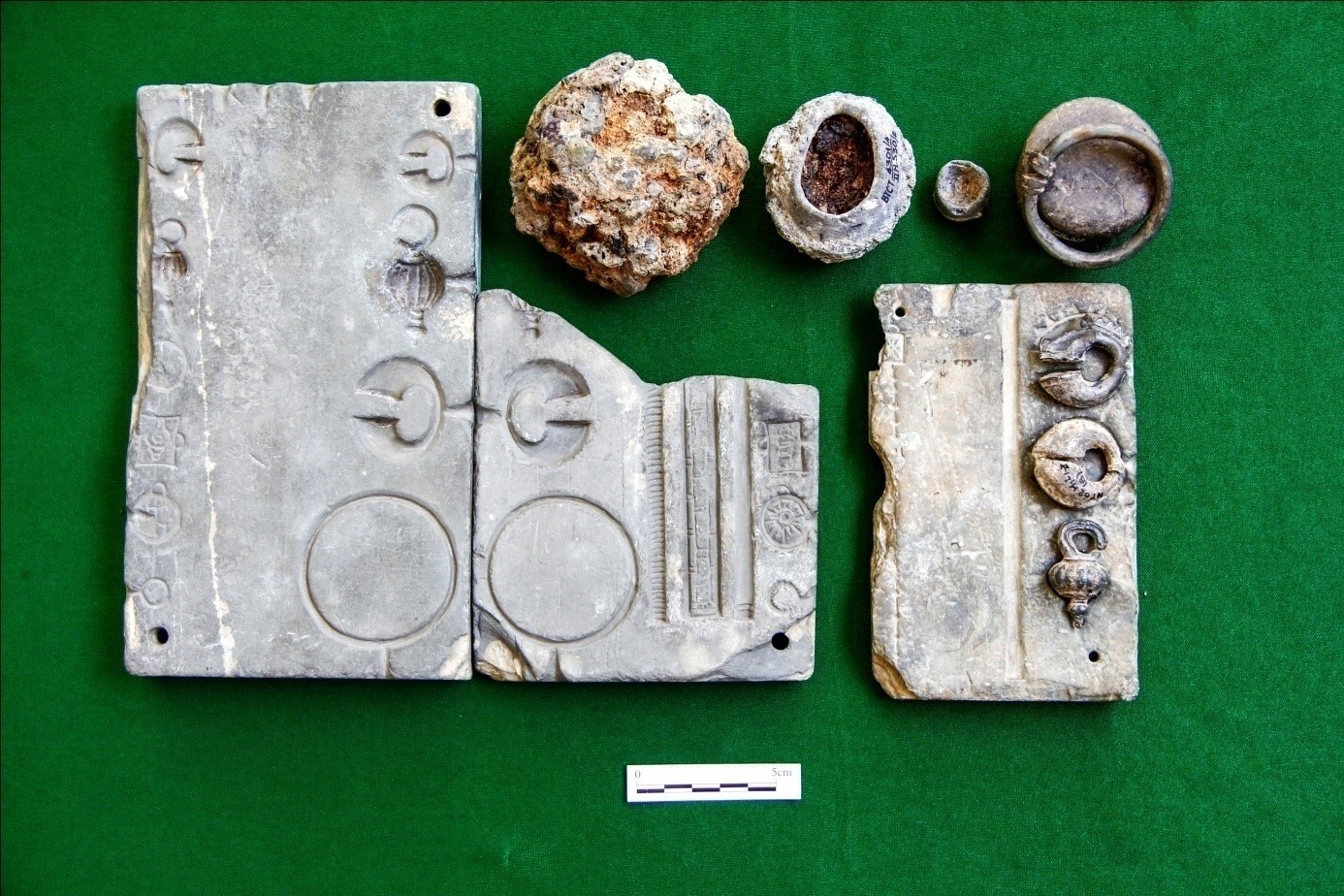
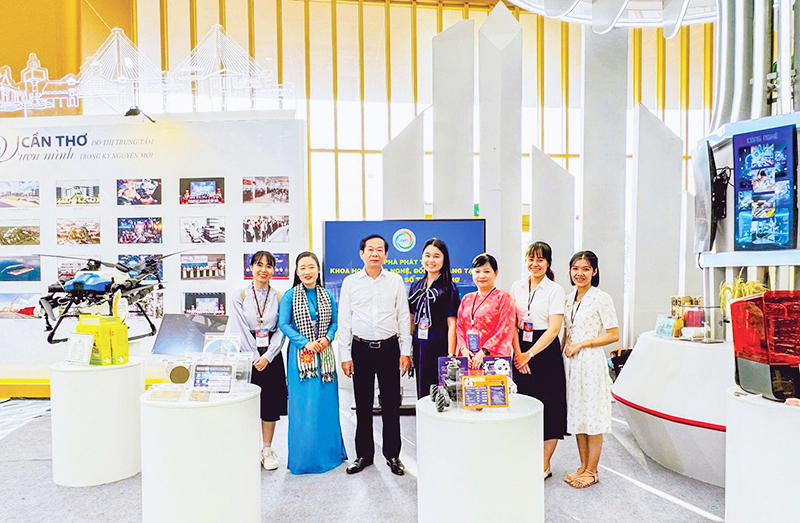
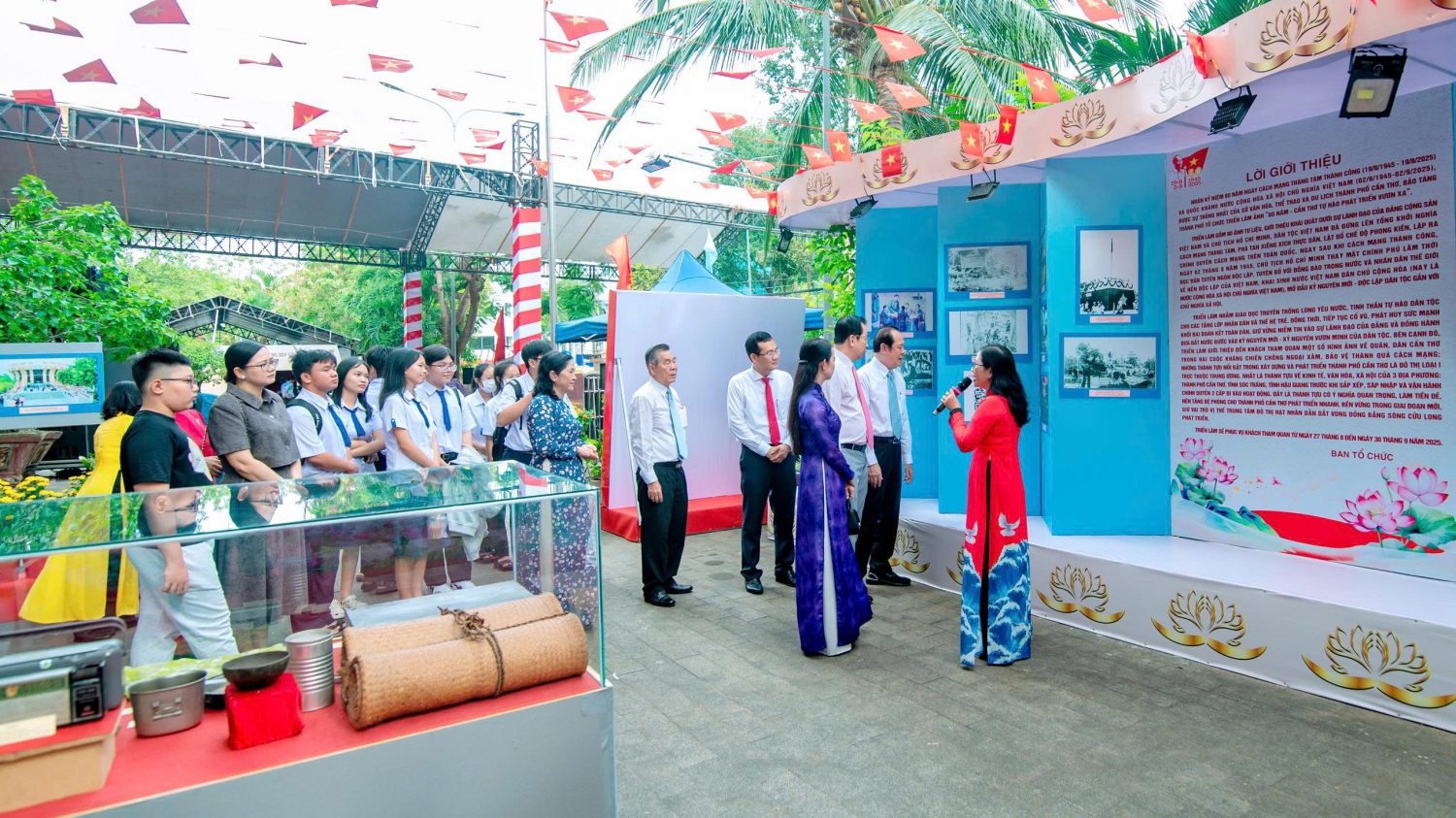

.jpg)

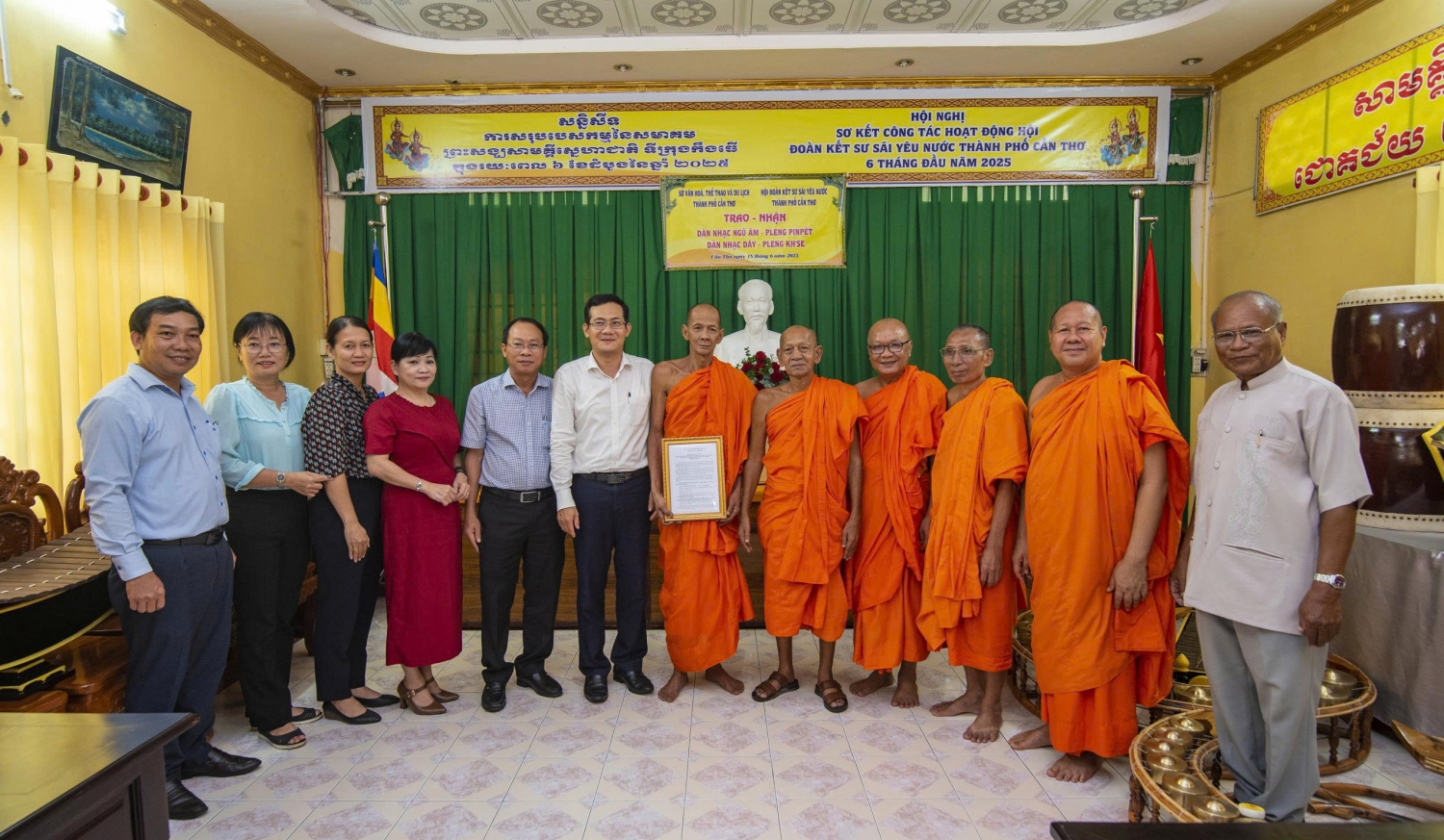
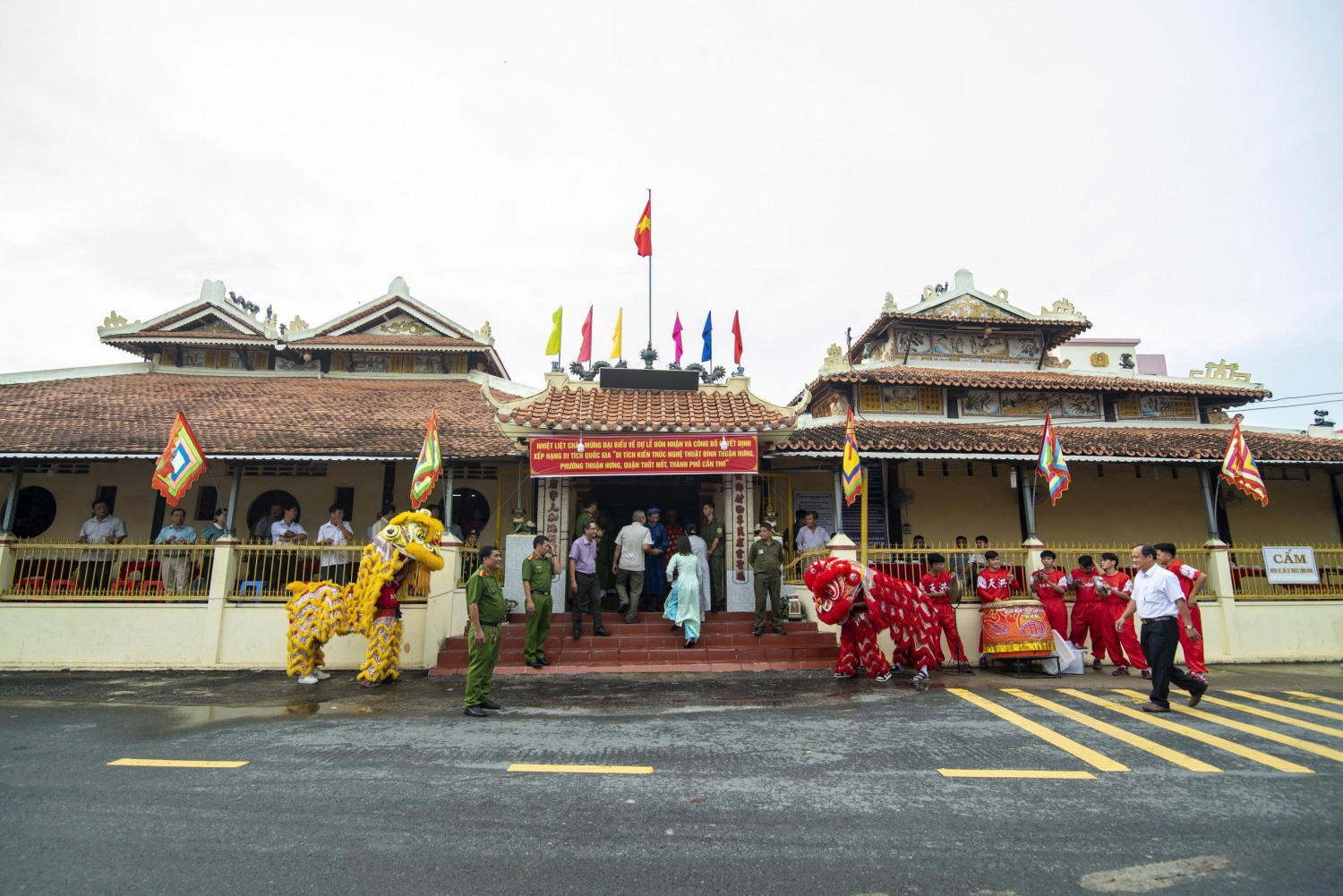
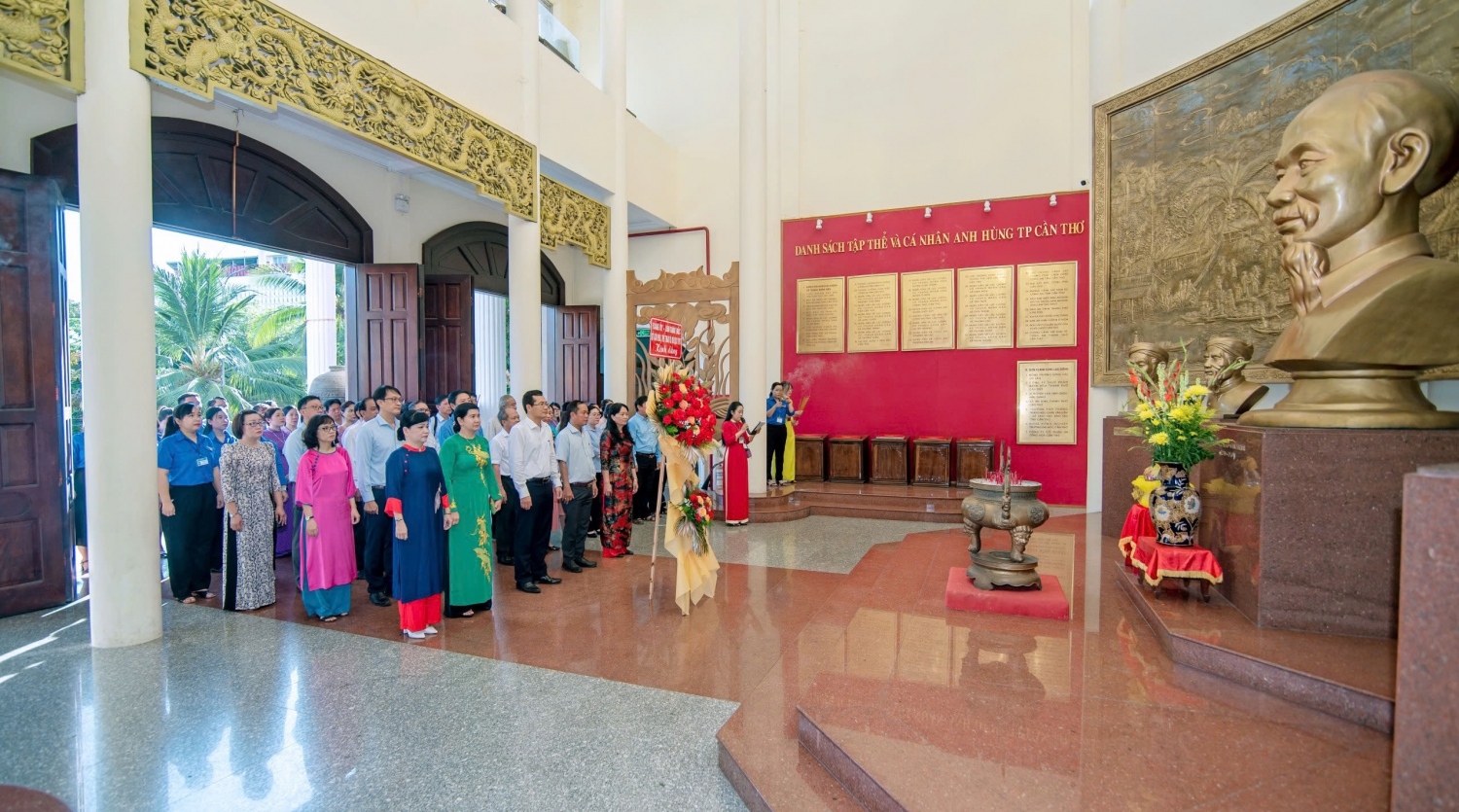
.jpg)
.jpg)